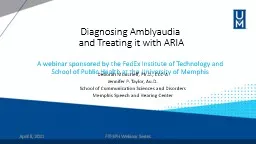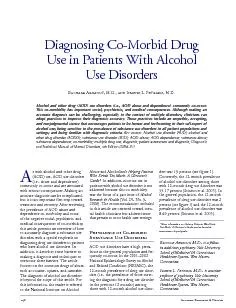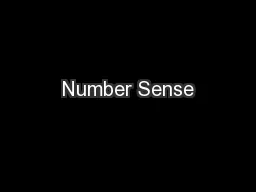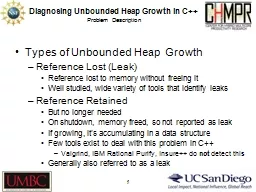PPT-Diagnosing Amblyaudia and Treating it with ARIA
Author : felicity | Published Date : 2022-02-24
A webinar sponsored by the FedEx Institute of Technology and School of Public Health at the University of Memphis Deborah Moncrieff PhD CCCA Jennifer P Taylor
Presentation Embed Code
Download Presentation
Download Presentation The PPT/PDF document "Diagnosing Amblyaudia and Treating it w..." is the property of its rightful owner. Permission is granted to download and print the materials on this website for personal, non-commercial use only, and to display it on your personal computer provided you do not modify the materials and that you retain all copyright notices contained in the materials. By downloading content from our website, you accept the terms of this agreement.
Diagnosing Amblyaudia and Treating it with ARIA: Transcript
Download Rules Of Document
"Diagnosing Amblyaudia and Treating it with ARIA"The content belongs to its owner. You may download and print it for personal use, without modification, and keep all copyright notices. By downloading, you agree to these terms.
Related Documents














